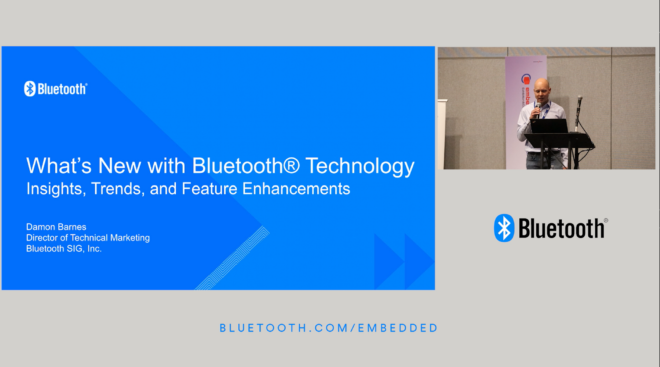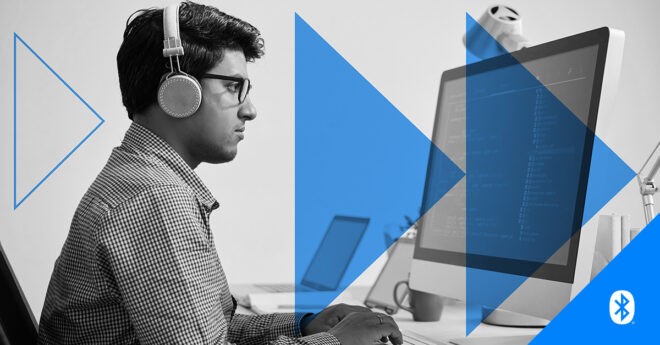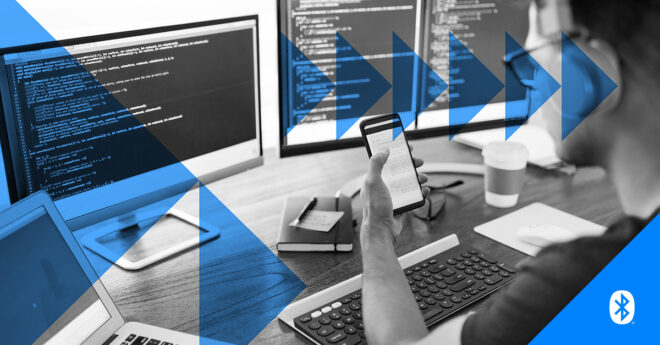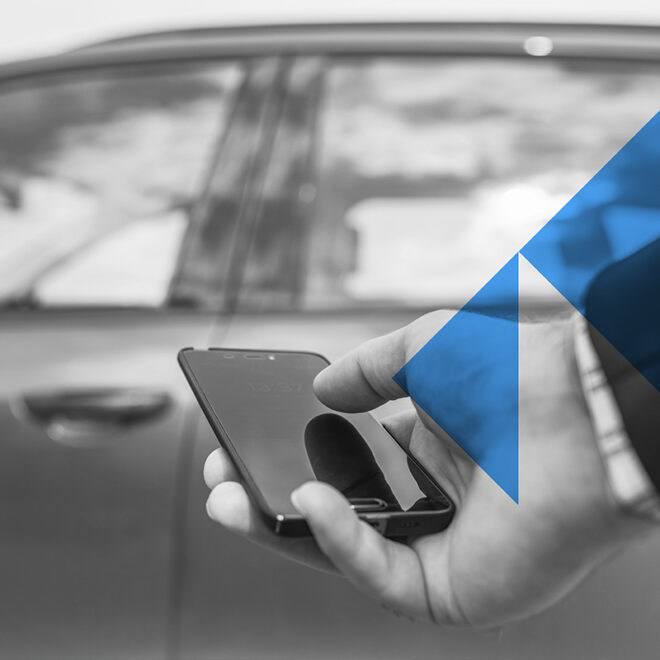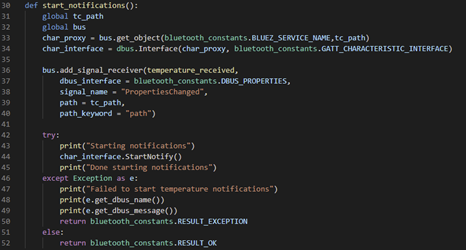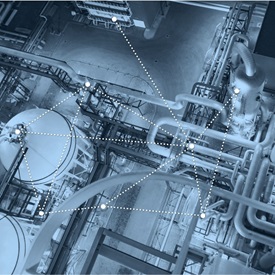Britain is officially a nation of cyclists. The popularity of cycling has been increasing steadily over the last couple of decades and, more recently, fuelled by the wins of Britain’s cyclists in the 2012 Olympic Games in London and Tour de France, Sir Bradley Wiggins and Chris Froome, respectively. Apparently, in our imaginations, many of us see ourselves as the next Chris Froome or Laura Trott! Or maybe that’s just me. I’ll leave it to you to decide which I aspire to be most like.
Sadly, however (speaking now as a British cyclist), cycling fantasy and cycling reality are often miles apart. If this applies to you, as much as it does to me, fear not. Bluetooth® technology can help!
Bluetooth Smart Equipment for Cyclists
A standard Bluetooth Smart kit for cyclists generally includes a heart rate monitor, cadence (pedalling rate) sensor, and a wheel speed sensor. Hardcore cyclists may also use power meters which attach to the bike’s cranks and measure the cyclist’s power output. All of these devices collect data and transmit it to a dedicated Bluetooth cycling computer mounted on the handlebars or to a smartphone running a suitable application.
Data, Data, Data
It’s all about the data. My legs would strongly disagree with this point if they could speak, but they can’t so let’s move on.
The cycling computer analyses and presents the data it receives in a way which is useful to the cyclist. What gets displayed, in what groupings, units, and form is usually configurable to ensure the most useful data is always visible.
Cycling computers are usually able to synchronise ride data with cloud-based servers from the home network so that more powerful analysis and visualisation of data can be performed via sophisticated web and mobile applications. So the use of data can be regarded as falling into two categories: during the ride and after the ride.
During the Ride
Heart rate monitors calculate and periodically report heart rate measurements and this is their primary purpose. Other data may be available from some products since the Bluetooth profile (I will discuss profiles in depth in part 2) they implement specifies that some data items are optional. This includes an energy expended measurement in kilojoules and a series of RR interval measurements which may accompany each heart rate measurement. RR intervals come from the world of electrocardiogram (ECG) wave forms as depicted below.
Cadence sensors report the cumulative number of crank revolutions together with event time stamps. This allows the cycling computer to calculate current and average cadence values.
Similarly, wheel-speed sensors report the cumulative number of wheel revolutions together with time stamps for each report. This allows the calculation of current and average wheel rotation rates, but, more importantly, if the cycling computer has been configured with an accurate measurement of the wheel circumference, it can then calculate current and average speed values and distance travelled, and this is what the sensor is really for and the information that the cyclist needs.
Training and Goals
Some cycling computers take the in-ride analysis and presentation of sensor data even further. My Polar V650 has a nice feature whereby it can present a histogram of the percentage of the time my heart rate has been in each of the five different heart rate bands. To see it all whilst riding, I simply swipe across the touch screen. Some cyclists (and runners) swear by heart rate training as a method for improving general performance. A histogram is a great way to quickly and easily see at a glance how hard you’re working in a ride, or not as the case may be. All of this stems from data delivered by Bluetooth in real time.
Time trialists ride to complete a (relatively) short route in the fastest possible time. This too can be a good approach to training. I have a 12-mile circular route I regularly cycle and sometimes I set the goal of completing it in as short a time as I can, beating my previous best if possible. For this kind of ride, I have Current Speed and Average Speed visible at all times. To beat my personal best, I need a certain average speed, and, to stay on track, I simply monitor my current speed compared with my average speed. If my current speed is higher, the average will improve. If not, it will get worse. It’s a simple technique but the data really helps.
It’s all in the Mind
Again, my legs would disagree very strongly with this statement. But the fact is, as all professional athletes will attest, psychology plays a big part in sporting performance. The data that Bluetooth cycling sensors collect and present on a cycling computer can have a dramatic impact on motivation. I speak from experience here. If the numbers tell me I’m doing well, I feel good and am motivated to keep up the good work. If they tell me I’m doing badly it just makes me more determined to get moving and I generally have a stern conversation with my legs at this point!
Armed with good data I make better decisions too. On longer rides you need to carefully plan how you’re going to expend that finite supply of energy, and to a degree, when to eat and drink. Relying on your body to tell you when to eat or drink is notoriously unreliable when you’re exerting yourself over a long distance like this. You need to make sure you don’t go off too fast for too long at the start and find yourself in trouble later. You need to keep an eye on the distance cycled when you know there are some tough hills at certain points so you can conserve energy or take on extra calories in preparation at an appropriate distance away. Good quality data helps both the unconscious mind and the decision-making, conscious mind.
After the Ride
When the ride is over — whether it went well or it was a complete nightmare, your body is begging you never to repeat it (and by the way, the body must always be ignored in these circumstances, it must be taught to obey!) — the committed cyclist will want to pore over the ride’s data to see what can be learned. Data gets synchronised from the cycling computer to the cloud and there are some pretty clever analytics and data visualisation features offered by cycling computer manufacturers.
Smartphones
One of the interesting things that Bluetooth® technology has brought to the world of cycling is the fact that cyclists can now use their smartphones to receive and process data directly from their bike’s sensors, and there are a lot of applications for this purpose. Bluetooth is in almost every smartphone, so it’s no surprise this has happened. We’re even seeing cycling computers which use other, proprietary wireless technologies, adding Bluetooth support as well so that they can receive and display notifications from a smartphone stowed away in the cyclist’s jersey pocket.
Part 2
In part 2, I’ll explore the devices which cyclists use from a developer’s perspective.



